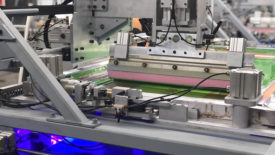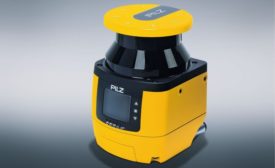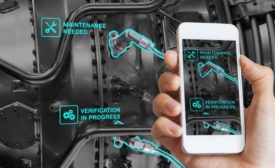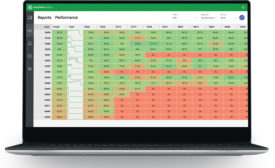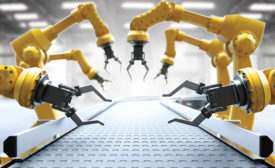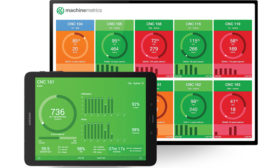Home » Keywords: » manufacturing technology
Items Tagged with 'manufacturing technology'
ARTICLES
A recently released survey of leading CPG companies contains a slew of statistical gems, some of which may be surprising
Read More
Addressing Business Challenges and Sustainability in Screen Printing
Innovating with Automation and Sustainability
December 5, 2022
PACK EXPO Connects: Preview
Decoding Automation: Essential Considerations for Manufacturers Revamping Their Systems
October 13, 2020
Operations
How to Get Pricing Right — For You and Your Customers
Combine business expertise and strategy with data-driven customer and market insights to consistently set the right price at scale.
May 11, 2020
OEE and Beyond: The Case for a Multi-Metric Approach
Overall equipment effectiveness is one tool in an overall suite of metrics that will allow a comprehensive view of a manufacturing operation.
February 14, 2020
Automation
Integrating Automation for Packaging Processes
The packaging automation realm needs to embrace change with new technologies.
September 16, 2019
Automation
Big Results with Big Data
Five ways that data is impacting manufacturing regardless of the product.
June 13, 2019
Keep the info flowing with our eNewsletters!
Get the latest industry updates tailored your way.
JOIN TODAY!Copyright ©2025. All Rights Reserved BNP Media.
Design, CMS, Hosting & Web Development :: ePublishing


